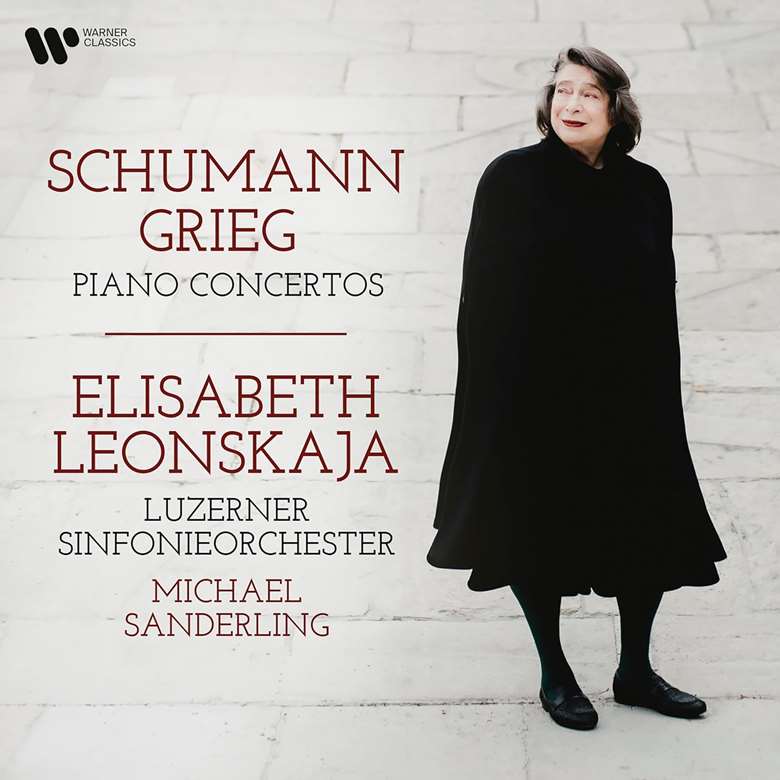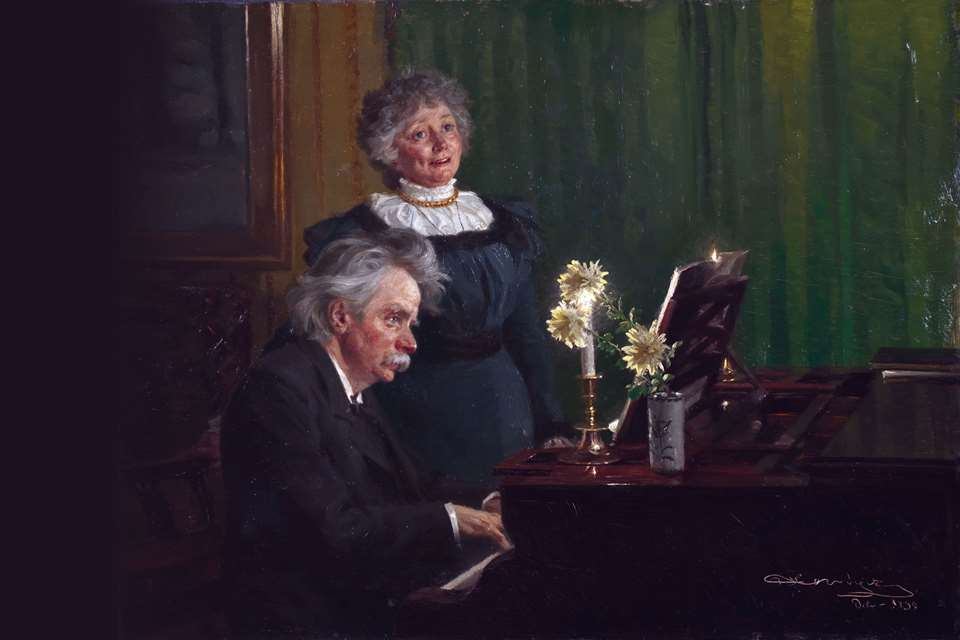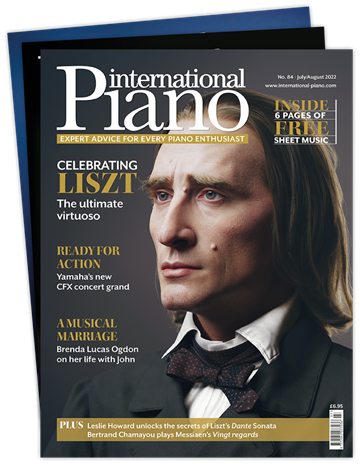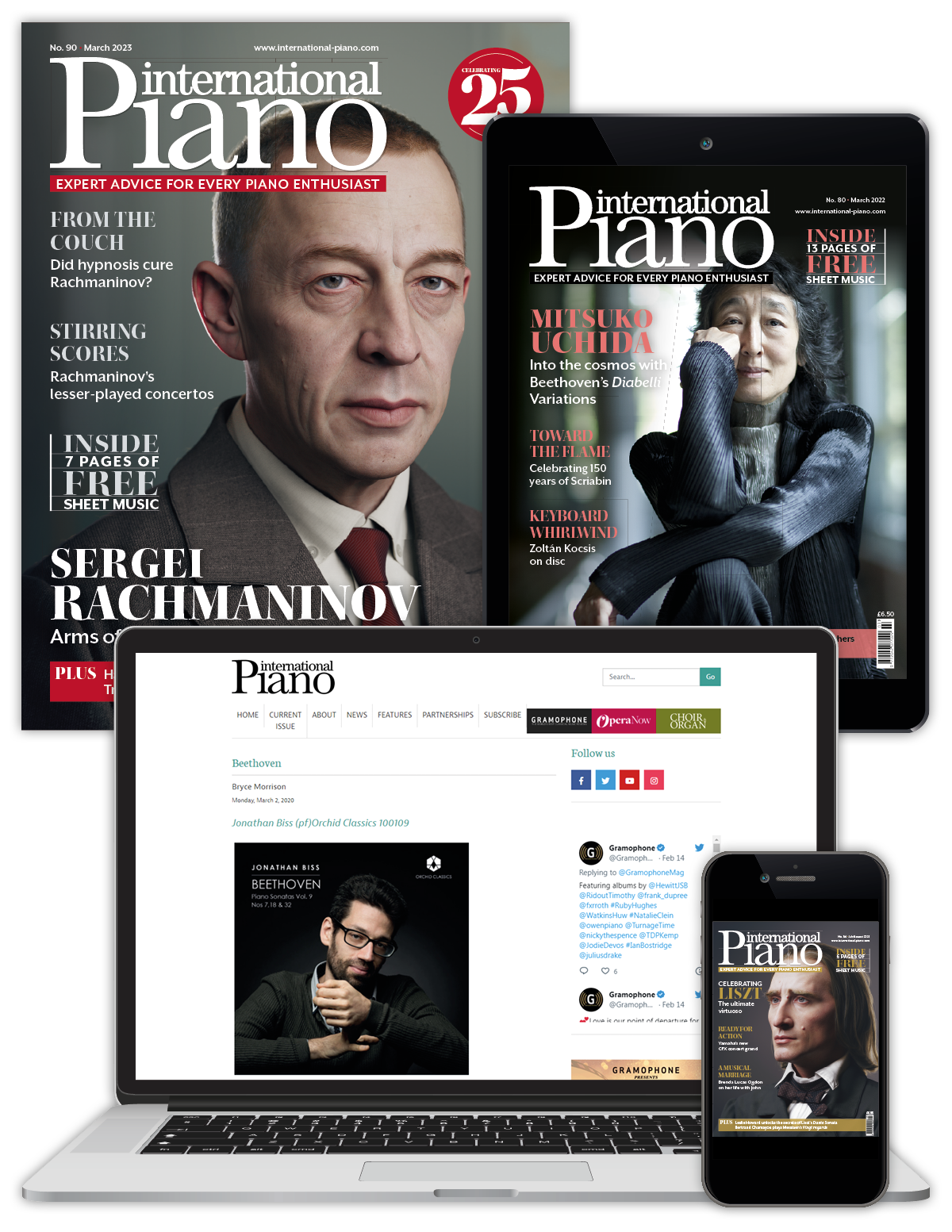Grieg: Piano Concerto, Op 16. Schumann: Piano Concerto, Op 54 (Elisabeth Leonskaja)
Patrick Rucker
Friday, March 8, 2024
Leonskaja seems to hold the Grieg Concerto – which, despite many similarities to the Schumann, postdates it by 23 years – at something of an arm’s length

Register now to continue reading
This article is from International Piano. Register today to enjoy our dedicated coverage of the piano world, including:
- Free access to 3 subscriber-only articles per month
- Unlimited access to International Piano's news pages
- Monthly newsletter








